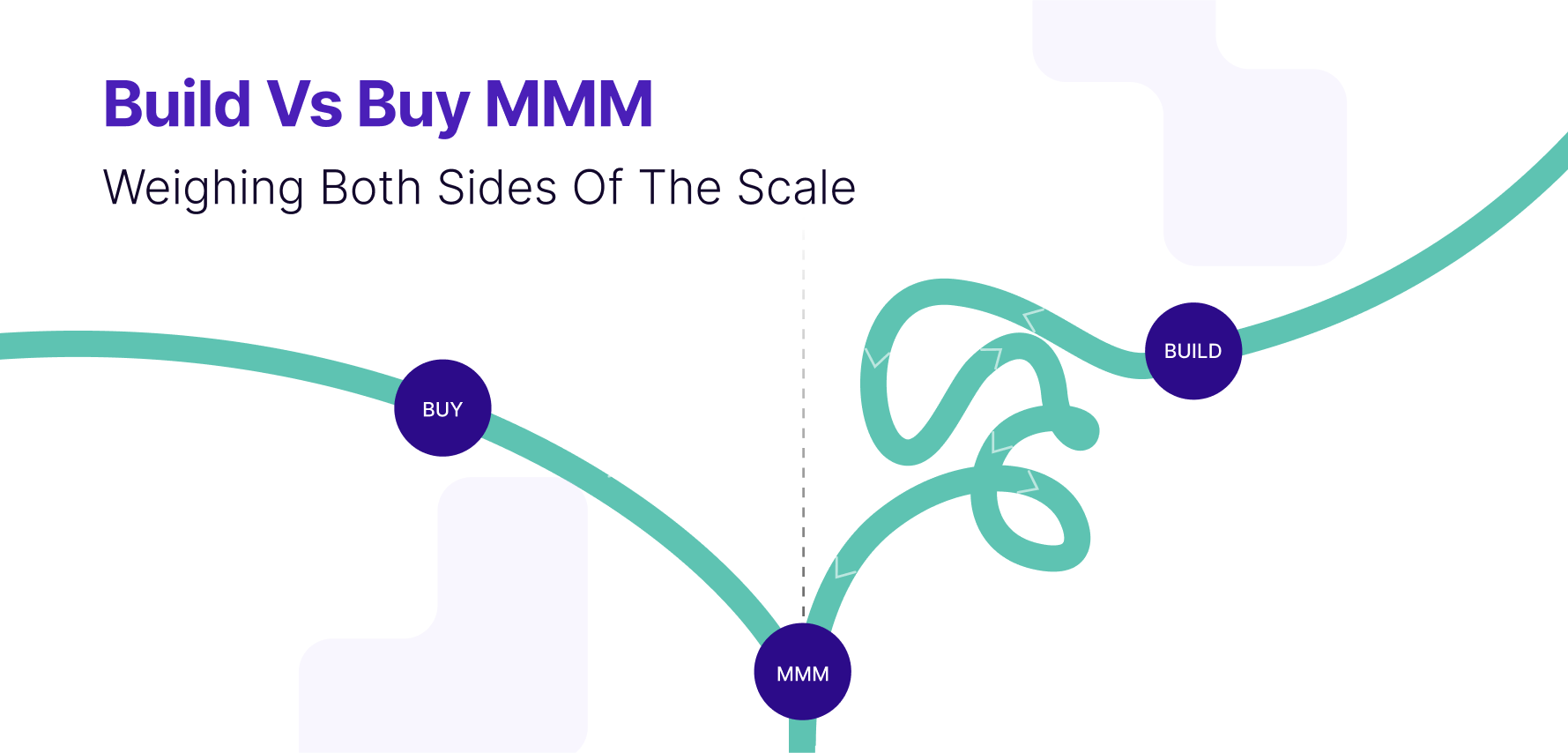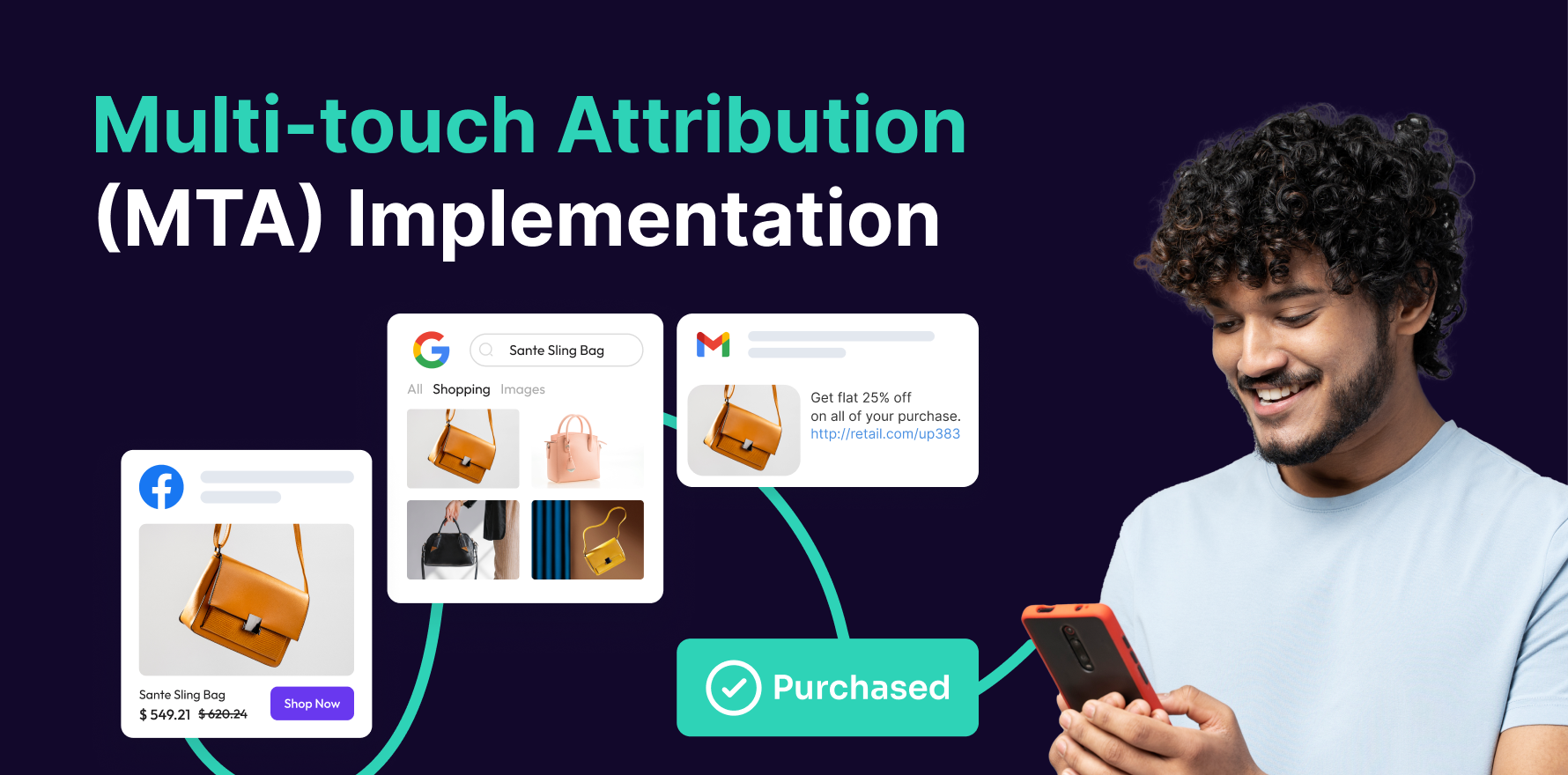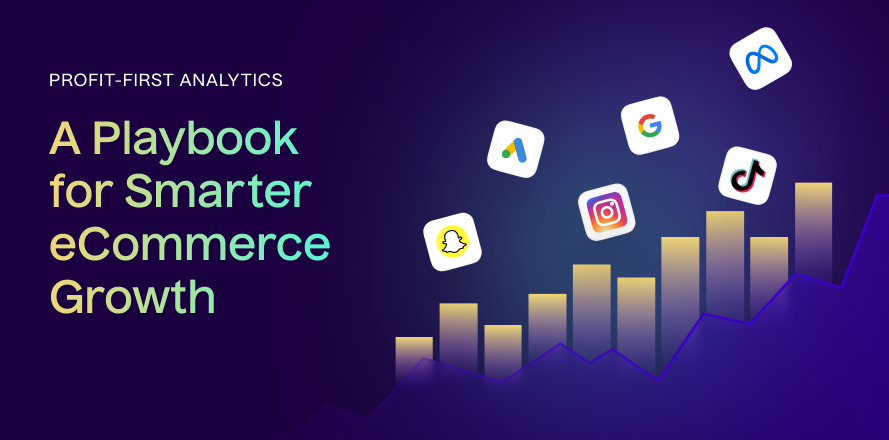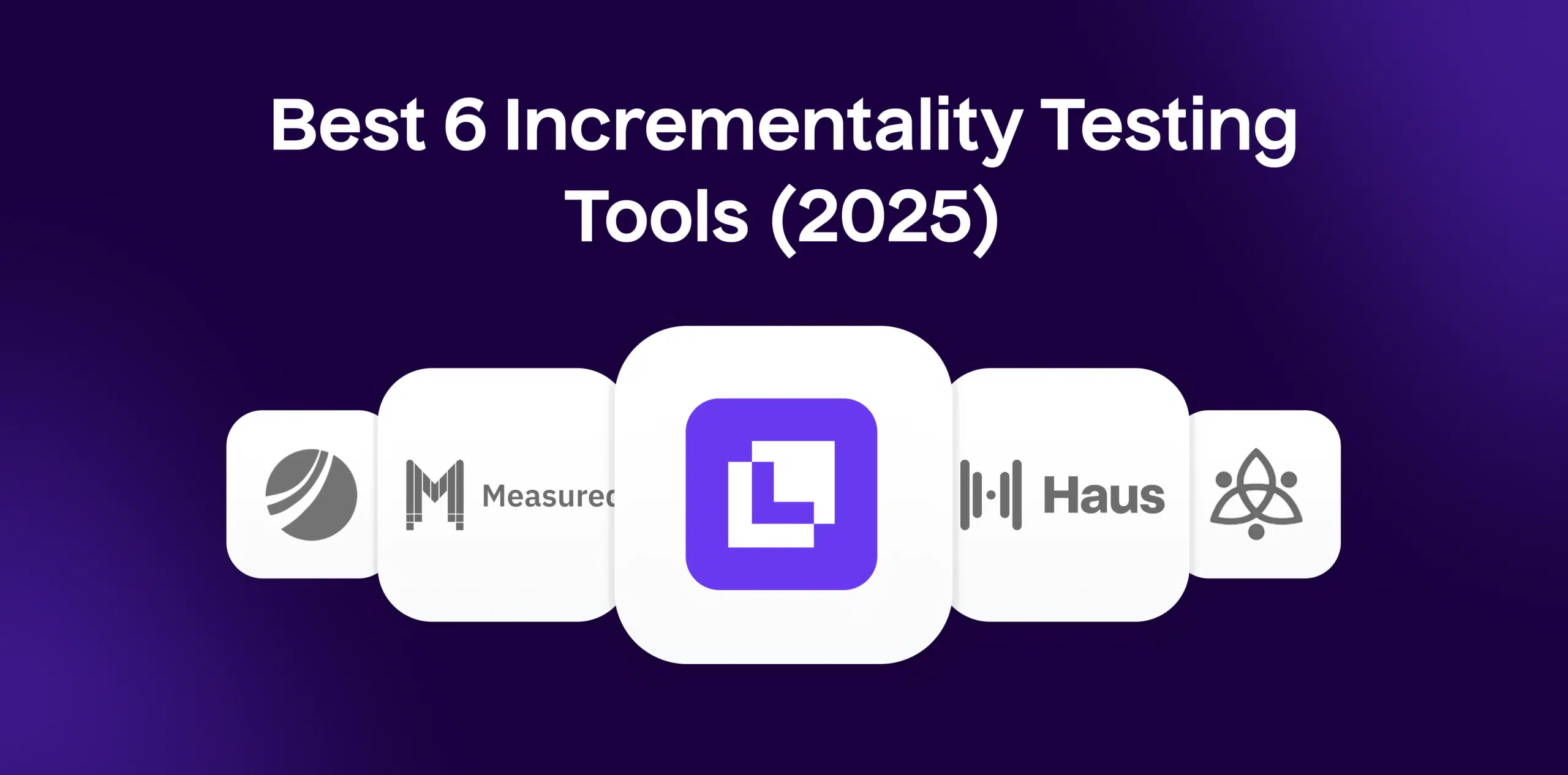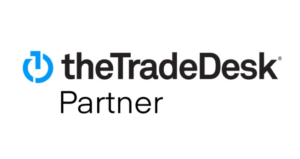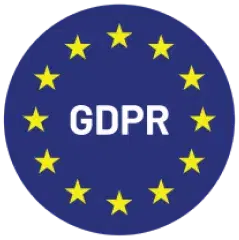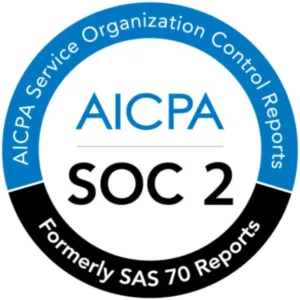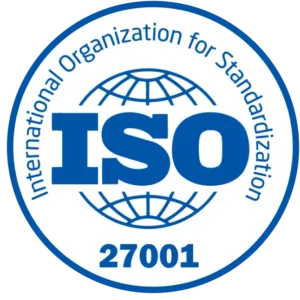What is Acquisition cost?
Acquisition Cost (AC) is a metric used to measure the cost of acquiring customers or leads. It is typically used in online marketing to measure the profitability of acquiring customers through various channels like email, search engine optimization, search engine marketing, display advertising, and paid referrals. AC is calculated by dividing all associated costs of acquiring a customer (such as advertising and referral fees) by the total number of customers acquired. This metric is important to measure the overall cost effectiveness of marketing campaigns and its associated channels.
Formula
Acquisition Cost (AC) = Total Acquisition Costs (TAC) / Total Number of Customers Acquired (TNCA)
Example
If an e-commerce store spent $100 in advertising across 10 channels to acquire a total of 20 customers, its Acquisition Cost would be: AC = $100 / 20 = $5 per customer.
Why is AC important?
Acquisition Cost is an important metric for online businesses to measure the profitability of their marketing campaigns and its associated channels. By measuring AC, businesses can analyze the cost-effectiveness of various acquisition channels and adjust their strategies accordingly in order to maximize their return on investment. Additionally, AC gives businesses an idea of how much they can afford to spend on marketing activities while still staying on budget with their advertising campaigns.
Which factors impact AC?
The main factors which impact Acquisition Cost are marketing strategies, budget allocations, and customer retention. It is also important to understand the performance of different acquisition channels to adjust the budget allocations accordingly. Additionally, customer onboarding and retention processes play an important role in Acquisition Cost, as they help to reduce the cost of acquiring new customers, while ensuring those customers stay engaged for longer.
How can AC be improved?
There are several ways to improve Acquisition Cost, but the most important is to optimize your marketing strategies. This includes analyzing the performance of each acquisition channel and adjusting the budget allocations accordingly to maximize your ROI. Additionally, businesses should focus on using more cost-effective channels such as content marketing and influencer marketing. Furthermore, businesses should focus on improving their customer onboarding and retention processes to ensure customers remain a part of the business for a longer period of time.
What is AC’s relationship with other metrics?
Acquisition Cost is closely related to other ecommerce metrics such as Customer Lifetime Value (CLV) and Return on Investment (ROI). CLV is a metric which measures the total revenue a customer generates for a business over their lifetime and is a strong indicator of customer loyalty and retention. ROI, on the other hand, measures the profitability of a business by taking into consideration the total cost of acquiring customers. Both metrics are highly affected by Acquisition Cost, so it is important to measure and optimize AC in order to maximize CLV and ROI.
Free essential resources for success
Discover more from Lifesight

